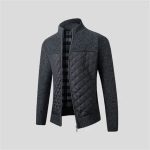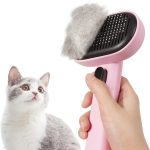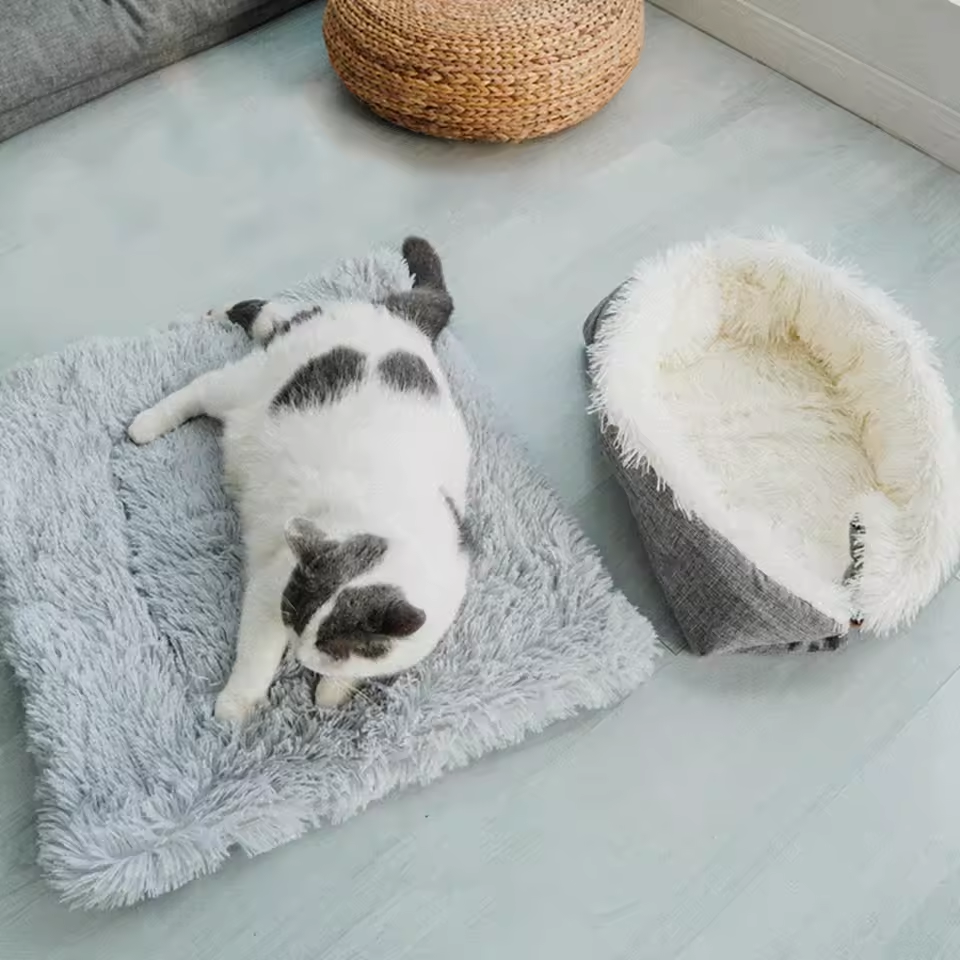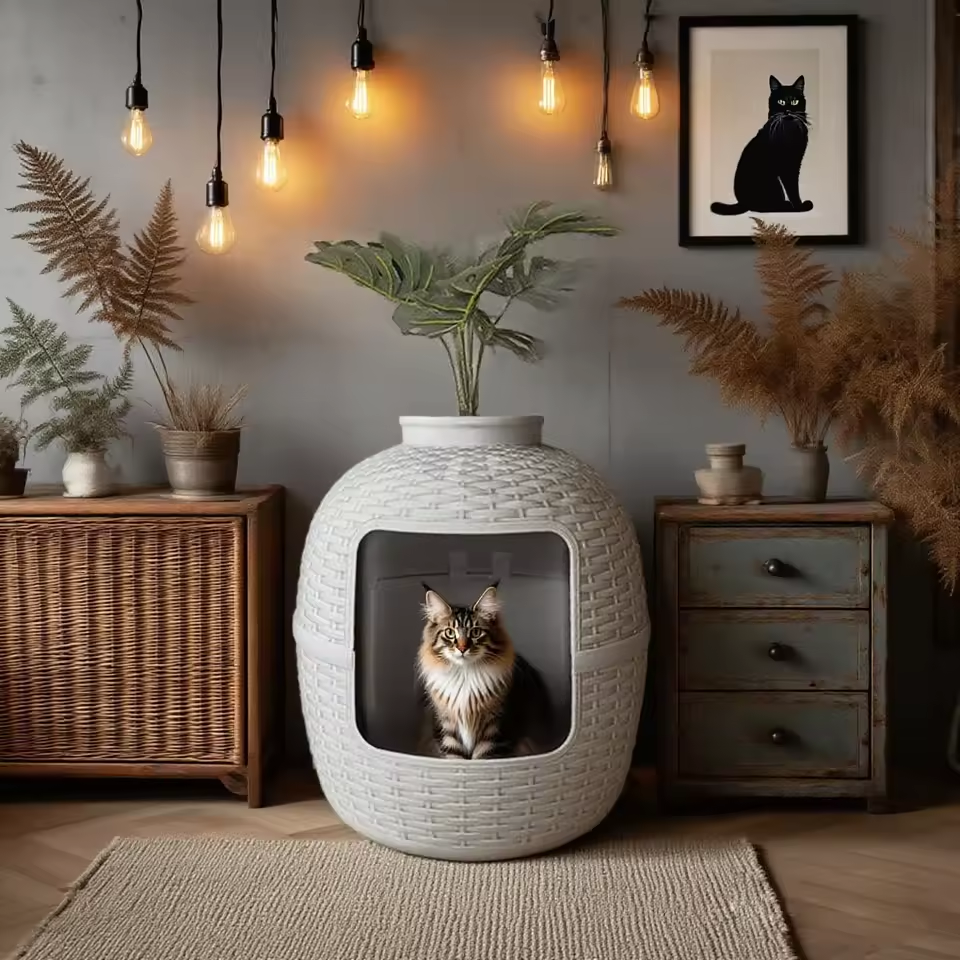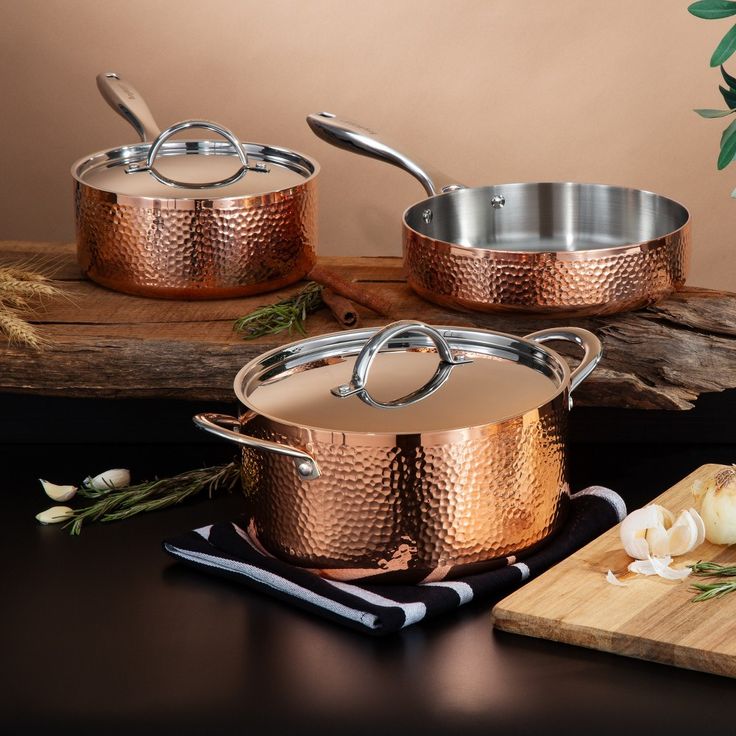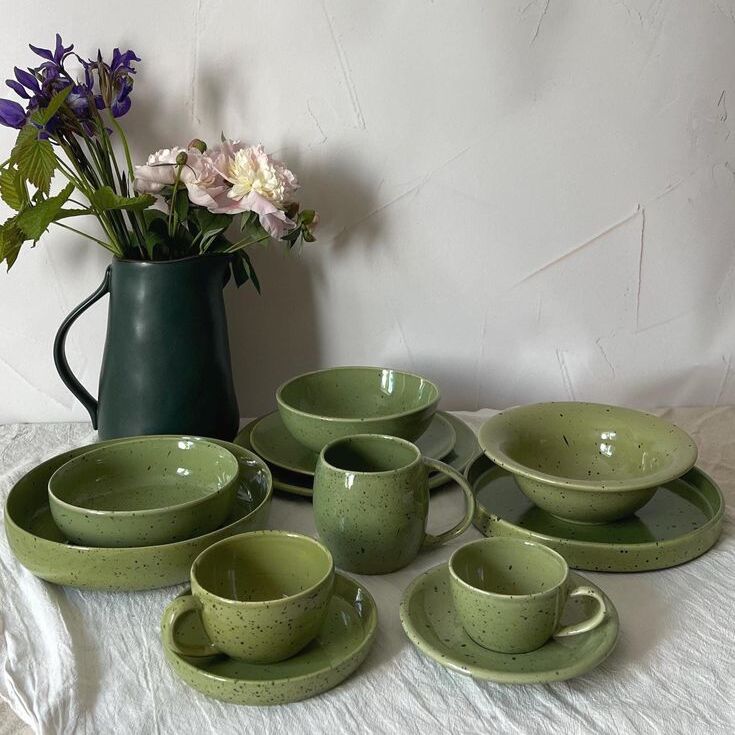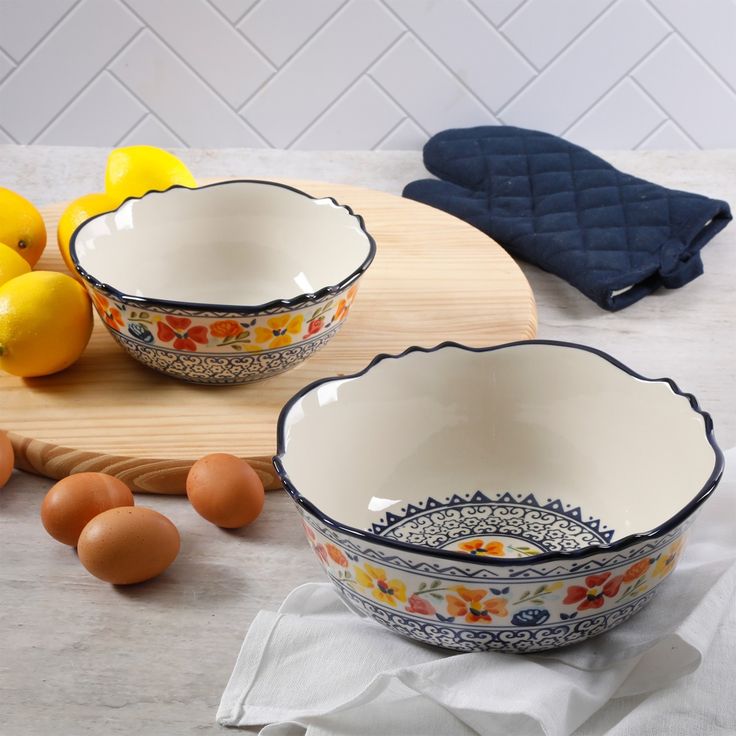Factors to Consider When Selecting Frying Cookware
Choosing the right cookware for frying requires careful consideration of several key factors. Proper frying cookware ensures even cooking, reduces sticking, and lasts for years. Below are critical aspects to evaluate when selecting cookware for frying.
Heat Distribution and Retention
Heat distribution determines how evenly food cooks during frying. Look for cookware that heats uniformly. Cast iron and stainless steel pans excel in distributing heat evenly. Heat retention is equally important, especially for consistent frying temperatures. Materials like cast iron hold heat longer, making them ideal for frying dishes that require steady high heat.

Durability and Longevity of Materials
Investing in durable cookware ensures that it withstands frequent use. Cast iron, stainless steel, and carbon steel are known for their longevity. Heavily constructed pans resist warping, chipping, or scratching over time. Durable materials are essential for frying because they withstand direct heat and prolonged cooking.
Non-Stick vs. Traditional Surfaces
Non-stick surfaces are perfect for frying delicate foods like eggs and fish. Their smooth coating prevents food particles from sticking and makes cooking easier. Traditional surfaces like stainless steel and cast iron deliver a distinctive sear but require more oil or seasoning. Consider what type of frying you’ll do before choosing between these surfaces.
Ease of Cleaning and Maintenance
Cleaning is a crucial aspect when selecting frying cookware. Non-stick pans are simple to clean but need careful handling to prevent damage. Cast iron and carbon steel require seasoning regularly to maintain their surface. Stainless steel pans offer easy maintenance and resist staining, making them versatile for frying needs.
By evaluating heat distribution, durability, surface type, and cleaning factors, you can find the best cookware for frying. Each of these elements contributes to cooking efficiency, food quality, and ease of use in the kitchen.
Popular Materials for Frying Cookware
Choosing the right material for cookware for frying is crucial for cooking efficiency and durability. Different materials offer unique advantages, making them suitable for various frying tasks.
Cast Iron Frying Pans
Cast iron pans are excellent for even heat distribution and retention. They are ideal for frying foods that need steady, high heat. These pans are extremely durable and can last for decades with proper seasoning. Cast iron is perfect for searing meat and frying dishes with crispy textures.
Stainless Steel Frying Pans
Stainless steel pans are versatile and resistant to rust and staining. They heat up evenly, making them great for uniform frying. These pans are durable and can handle high temperatures. Stainless steel is suitable for frying foods that need a golden-brown finish, such as chicken or vegetables.
Aluminum Frying Pans
Aluminum pans heat up quickly and evenly, which is helpful for fast frying. They are lightweight and easy to handle but might not retain heat as well as other materials. Most aluminum frying pans are coated with non-stick surfaces, making them suitable for frying delicate foods like fish and eggs.
Carbon Steel Frying Pans
Carbon steel pans combine the benefits of cast iron and stainless steel. They heat quickly and retain heat well. These pans are lighter than cast iron, making them easier to maneuver. With regular seasoning, carbon steel pans develop a natural non-stick surface. They are ideal for frying techniques that require frequent flipping.
Ceramic Non-Stick Frying Pans
Ceramic frying pans feature a natural non-stick coating, making cooking and cleaning effortless. They heat evenly and are good for frying foods with minimal oil. Unlike traditional non-stick surfaces, ceramic coatings don’t release harmful chemicals when overheated. These pans are perfect for health-conscious frying.

Best Cookware Types for Specific Frying Needs
When selecting cookware, your frying method determines the best type. Deep frying, pan frying, and stir-frying require different cookware for optimal results.
Cookware for Deep Frying
Deep frying involves submerging food in hot oil for a crispy texture. The best cookware for deep frying includes deep, heavy-duty pots like Dutch ovens or deep frying pans. These are made from cast iron, stainless steel, or heavy-duty aluminum. Cast iron retains heat well, ensuring even frying. Stainless steel is durable and provides consistent results. Look for pots with thick bases to prevent oil temperature fluctuations. Many deep fryers come with built-in thermometers, ensuring precise temperature control.
Skillets for Pan Frying
Pan frying is done in shallow oil, requiring wide, flat skillets. Cast iron skillets are ideal for searing and frying meats with rich flavors. Non-stick skillets are excellent for frying eggs, fish, and delicate foods with minimal oil. Stainless steel skillets work for golden-brown finishes but need oil to avoid sticking. Choose skillets with sturdy handles for easy maneuvering during frying. Skillets with slightly sloped sides can make flipping food simpler, ensuring perfect frying results.
Woks for Stir Frying
Stir frying uses high heat and constant movement for quick cooking. Woks are the best cookware for this method. Carbon steel woks are lightweight and heat up quickly, making them perfect for stir frying. Cast iron woks retain heat effectively for consistent cooking temperatures. Non-stick woks reduce food sticking but may not work well for high heat techniques. Ensure the wok has a rounded bottom and sturdy handle to facilitate precise control during cooking.
Selecting the right cookware enhances frying efficiency and improves food quality.
Tips for Maintaining Frying Cookware
Proper maintenance ensures your cookware for frying lasts longer and performs well during cooking. Each material demands specific care techniques to retain its quality and functionality.
Seasoning Cast Iron and Carbon Steel Pans
Seasoning is vital to prevent rust and create a natural non-stick surface. Here’s how to do it:
- Clean thoroughly: Use warm water and mild soap to clean the pan. Dry it completely.
- Apply oil: Spread a thin layer of vegetable oil or flaxseed oil over the entire pan.
- Heat the pan: Place it in an oven at 375°F (190°C) for about an hour.
- Repeat the process: For a stronger coating, repeat seasoning two to three times before first use.
This process forms an even layer of seasoning, which improves the pan’s performance over time.

How to Avoid Scratching Non-Stick Coatings
Non-stick pans require careful handling to avoid damage. Follow these tips to protect their surface:
- Use appropriate utensils: Opt for wooden, silicone, or plastic utensils instead of metal ones.
- Avoid high heat: Cook on low to medium heat to prevent overheating the non-stick coating.
- Don’t use abrasive cleaners: Use soft sponges or cloths when washing to avoid scratches.
- Store carefully: Stack pans with protective padding or store them separately to prevent damage.
These precautions help extend your pan’s non-stick properties and lifespan.
Proper Cleaning Techniques for Different Materials
Different materials require specific cleaning methods to keep them in pristine condition:
- Cast iron and carbon steel: Avoid soap; instead, use warm water and scrub with a stiff brush. Dry immediately to prevent rust.
- Stainless steel: Use mild detergents and a sponge. For tough stains, use baking soda or vinegar paste.
- Non-stick pans: Rinse with warm water and wash gently with a soft sponge.
- Ceramic-coated cookware: Clean with mild soap and avoid steel wool to preserve the coating.
By following these cleaning practices, your frying cookware will remain in excellent shape for years.
Top Frying Cookware Brands in the Market
Choosing the right brand can enhance your frying experience. Let’s explore both premium and budget-friendly options.
High-End Options
High-end cookware brands prioritize quality, durability, and performance. These brands are perfect for professional and serious home cooks:
- Le Creuset: Known for their enameled cast iron pans, offering superior heat retention and distribution.
- All-Clad: Specializes in stainless steel cookware that excels in durability and even heating.
- Staub: Produces cast iron frying pans with enamel coating, ideal for consistent, high-temperature frying.
- Mauviel: Famous for its copper pans, which provide quick and precise heat control.
- Demeyere: Offers stainless steel pans designed for efficient frying with a sleek design.
These brands are pricier but deliver unmatched results, making them worth the investment.
Budget-Friendly Choices
For affordable, reliable cookware, consider these budget-friendly brands:
- T-fal: Known for non-stick frying pans that are easy to use and clean.
- Lodge: Offers pre-seasoned cast iron pans that are durable and affordable.
- Cuisinart: Manufactures versatile stainless steel and non-stick pans at a reasonable price.
- GreenPan: Specializes in ceramic non-stick frying pans, ideal for health-conscious cooking.
- Calphalon: Provides a range of mid-priced cookware with sturdy construction and excellent performance.
These brands balance quality and cost, making them perfect for everyday frying needs.
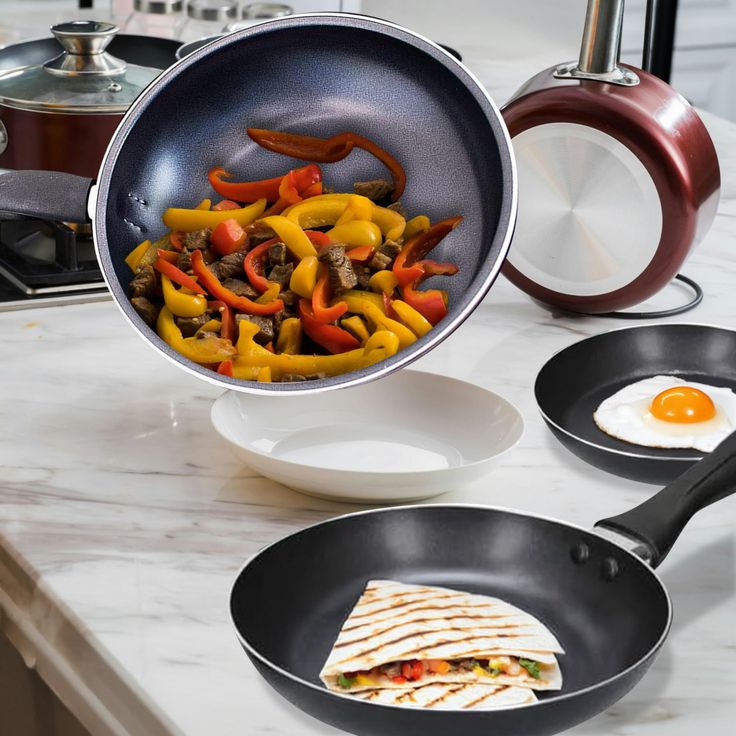
Cookware Accessories to Improve Frying Performance
Choosing the right cookware accessories can dramatically improve your frying experience. These tools enhance safety, increase cooking control, and boost overall efficiency. Whether you’re pan-frying vegetables or deep-frying meats, the correct accessories make the process cleaner, faster, and more precise. Essential tools like splatter guards, lids, thermometers, and oil brushes help you achieve consistent, professional results at home.
Splatter Guards and Lids
Splatter guards are essential for protecting both you and your kitchen. When frying at high temperatures, oil tends to pop and splatter. A good splatter guard prevents hot oil from landing on your skin or staining your stovetop. Choose guards made with fine stainless-steel mesh. These offer excellent coverage without trapping steam, which could soften the crispy exterior of your food.
Lids, while sometimes overlooked, are just as valuable. When frying thick cuts of meat or moisture-rich vegetables, covering your pan helps trap heat and steam. This shortens cooking time and ensures even doneness. A lid also slows down oil evaporation. Maintaining a stable oil level helps preserve the quality of the fry and reduces the need to top off with fresh oil frequently.
Thermometers and Oil Brushes
Precision is key when it comes to frying. Thermometers help you maintain the correct oil temperature, which is crucial for crispy, golden results. Clip-on thermometers allow hands-free monitoring. For deep frying, keep the oil between 350°F and 375°F. If the temperature drops, food absorbs oil and becomes greasy. If it’s too high, the exterior burns before the inside cooks.
Oil brushes are ideal for low-oil frying techniques. They let you apply just the right amount of oil to non-stick pans or directly onto ingredients. Silicone brushes are heat-resistant and easy to clean, making them a long-lasting kitchen addition.
Integrating these accessories into your frying routine ensures cleaner, safer, and more effective cooking every time.
Common Mistakes to Avoid When Using Frying Cookware
Using cookware for frying properly involves more than just heating a pan and adding oil. Many people unknowingly make mistakes that compromise cooking quality, shorten the lifespan of their cookware, or even pose safety risks. Recognizing and avoiding these common errors can drastically improve your frying results and keep your kitchen equipment in optimal condition. Whether you’re using stainless steel, cast iron, or non-stick pans, careful handling and appropriate techniques are essential to success.
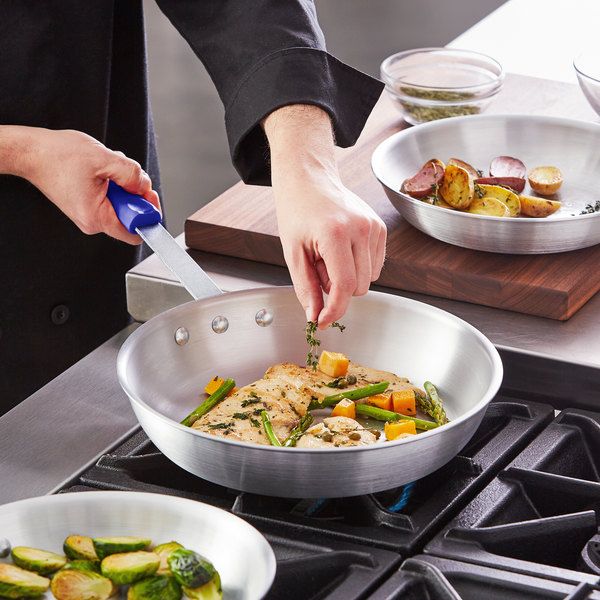
Overheating Non-Stick Pans
One of the most frequent and damaging mistakes is overheating non-stick cookware. These pans are designed for low to medium heat applications. Pushing the temperature too high causes the non-stick coating to degrade. Not only does this ruin the surface, but it can also release harmful fumes. Always keep the heat within the manufacturer’s recommended range. If you’re preheating the pan, do it gently and monitor it closely. Avoid using non-stick pans for searing or high-temperature frying, especially if the coating is PTFE-based. This protective surface performs best when treated with care and used for foods that require moderate heat.
Ignoring Weight and Balance
Many cooks overlook how a pan’s weight and balance impact frying performance. A pan that’s too heavy may provide good heat retention but can be uncomfortable to lift, tilt, or maneuver. On the other hand, extremely lightweight pans may lack the stability needed for even frying. Uneven or unbalanced cookware can also tilt or move on flat stovetops, increasing the risk of accidents. When choosing a pan, consider one that feels comfortable in your hand but still offers solid construction. Pans with ergonomically designed, heat-resistant handles offer better control and safer handling during cooking.
Using the Wrong Size Pan for the Job
Pan size directly affects the efficiency and results of frying. A pan that’s too small causes overcrowding. This traps steam and prevents proper browning, leading to soggy, unevenly cooked food. Conversely, an oversized pan wastes oil and energy when you’re cooking small amounts. It can also result in inconsistent heat distribution across the surface. Always select a pan size that matches your portion size. For best results, ensure enough space between ingredients so heat circulates evenly. Choosing the right-sized pan improves texture, reduces cooking time, and enhances flavor in every dish.
